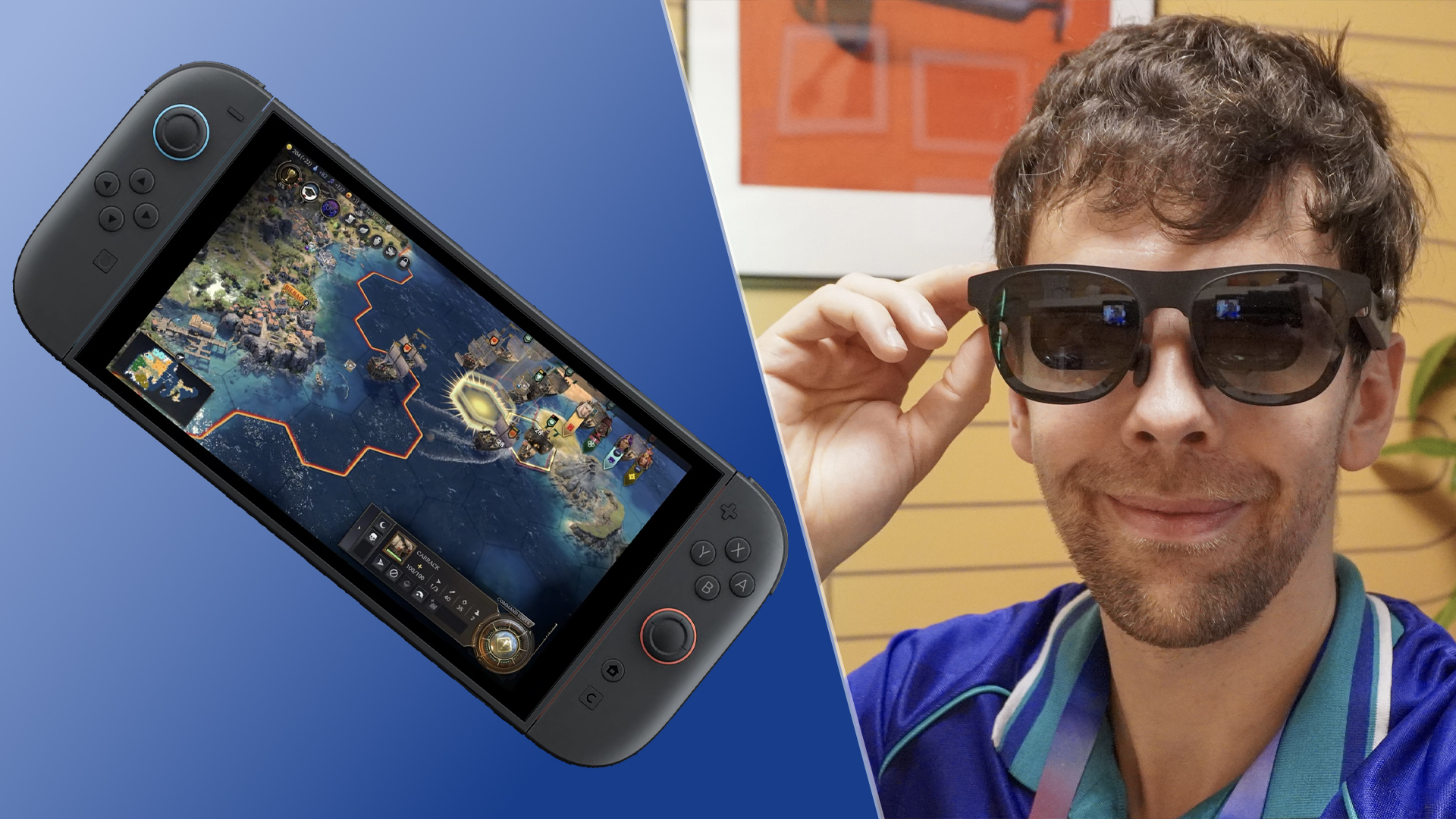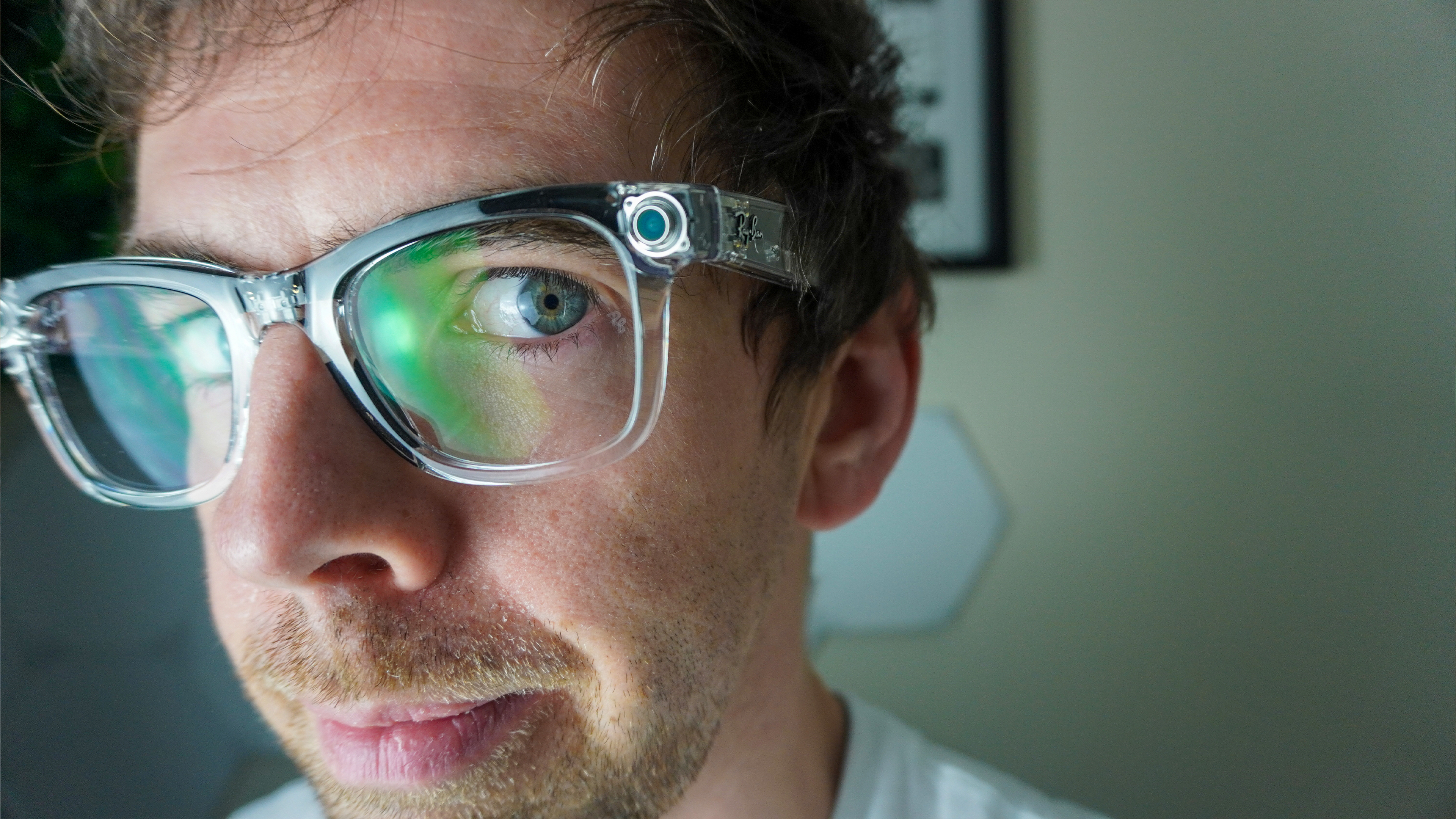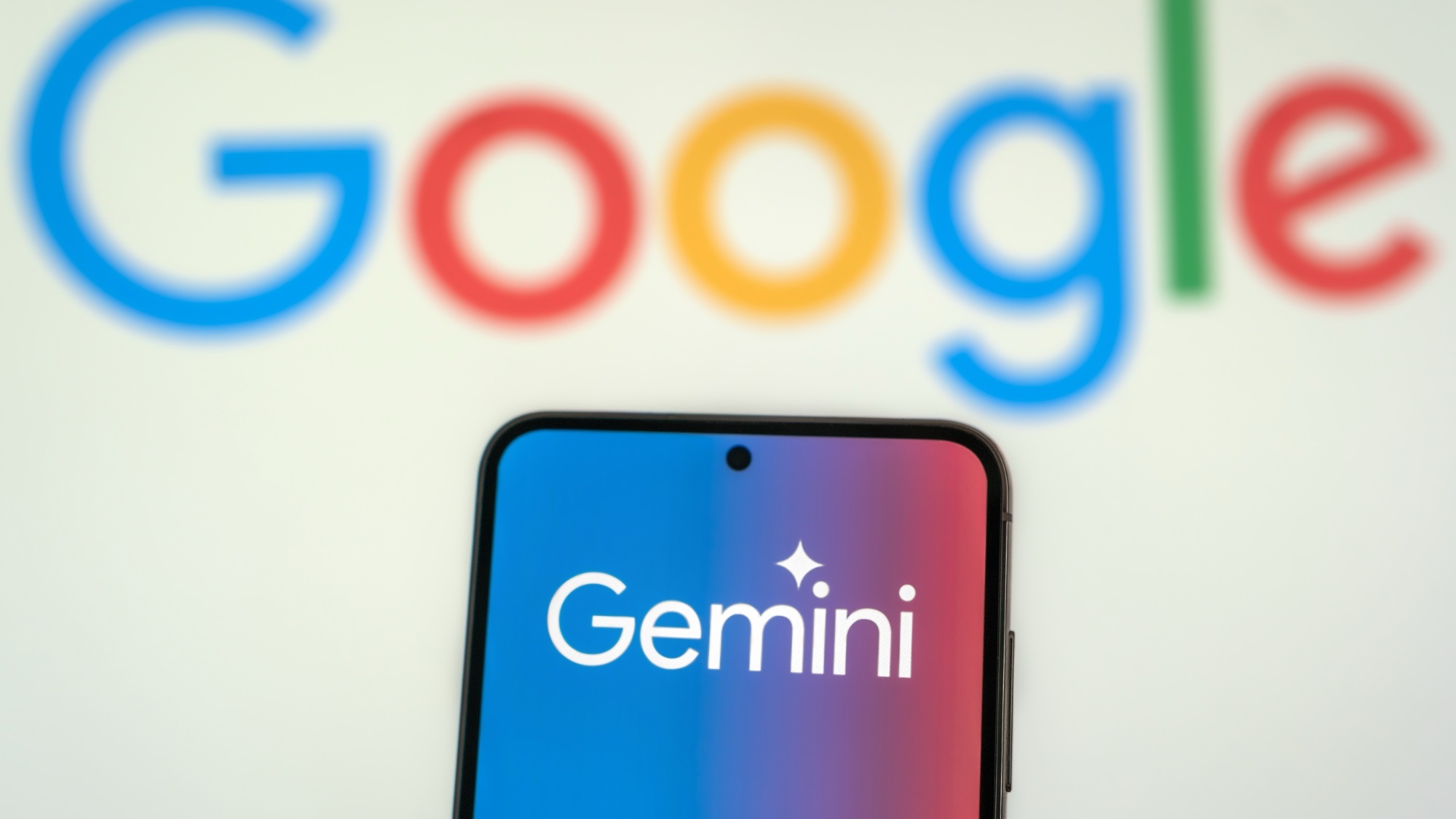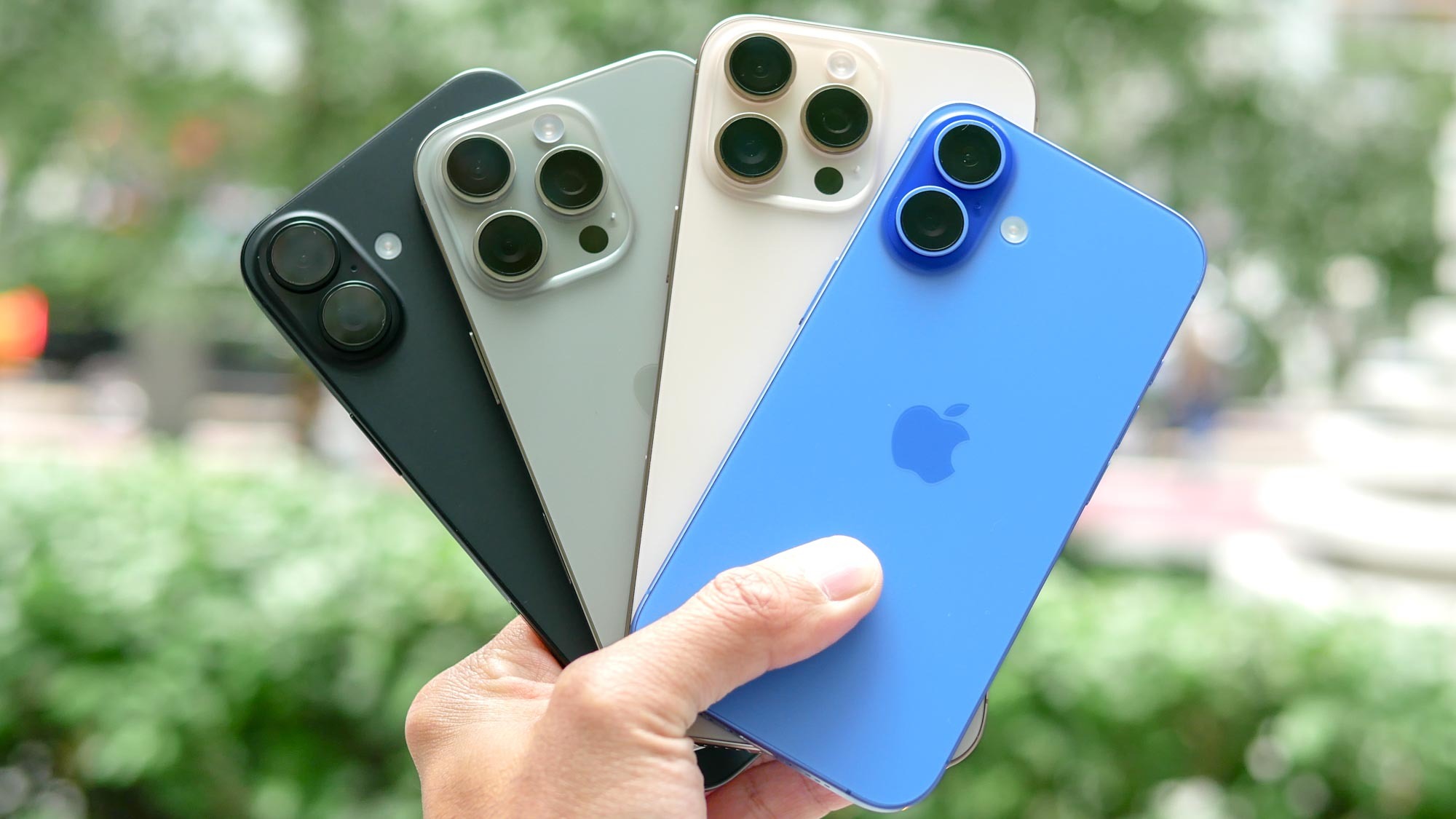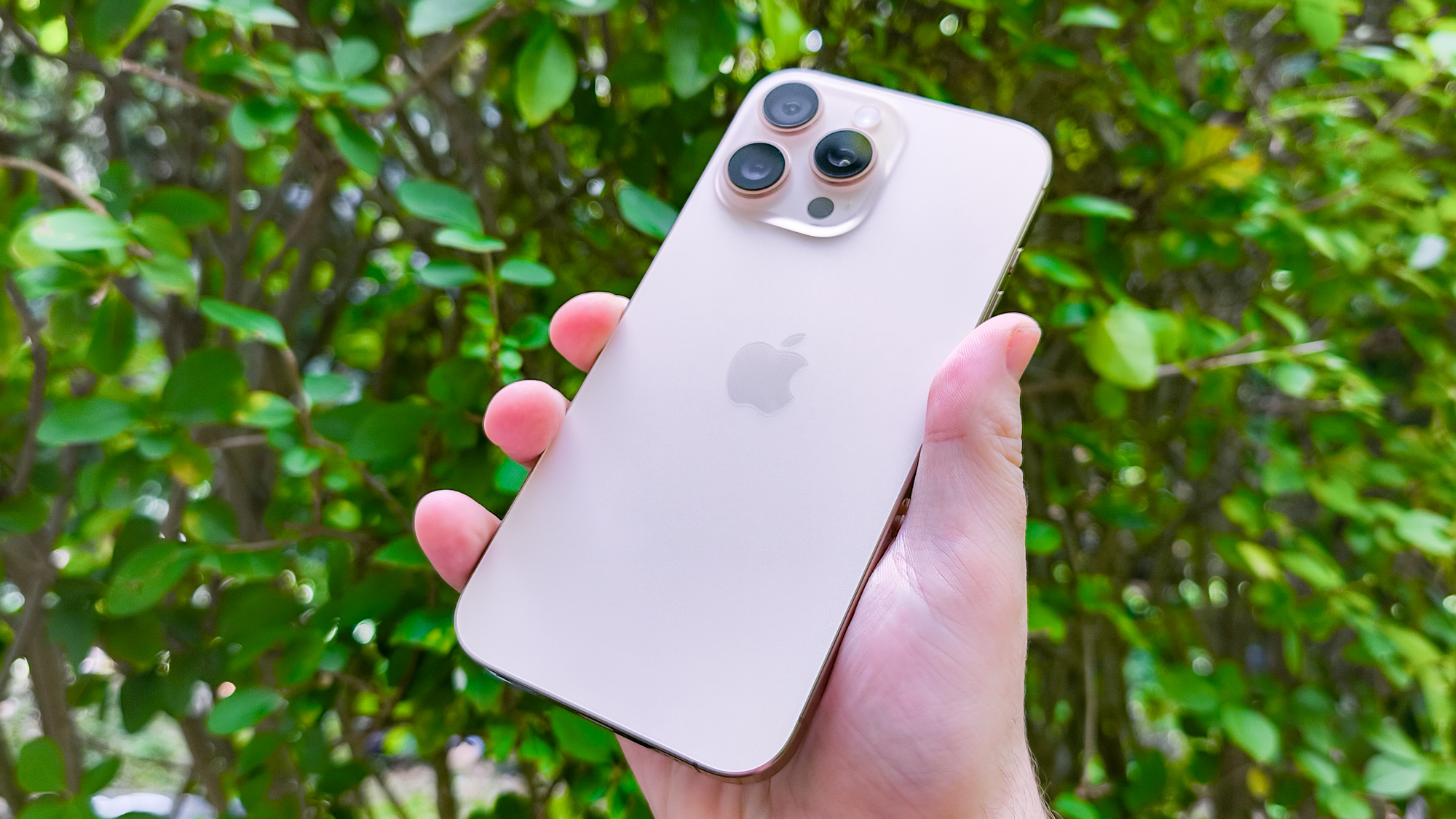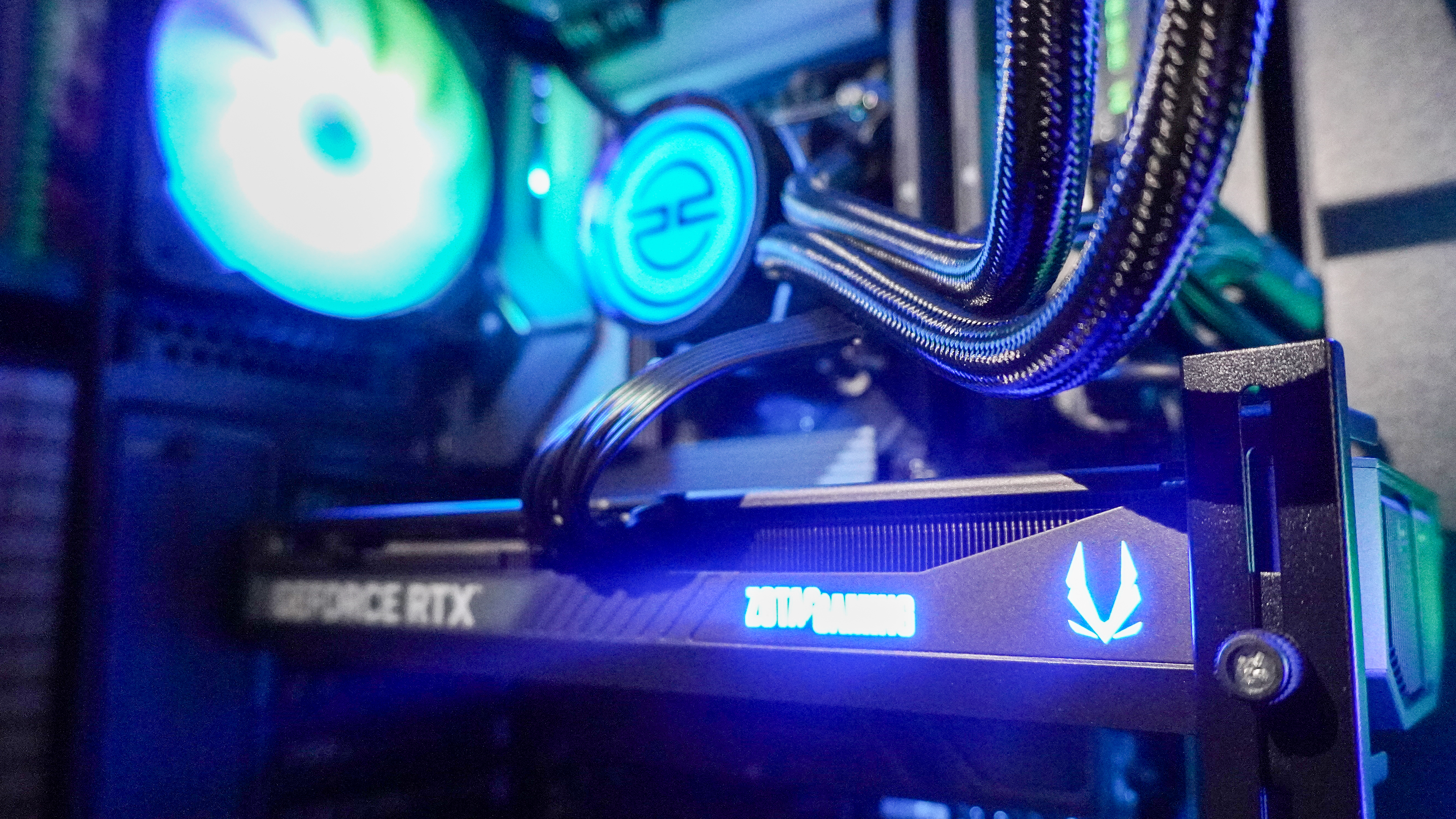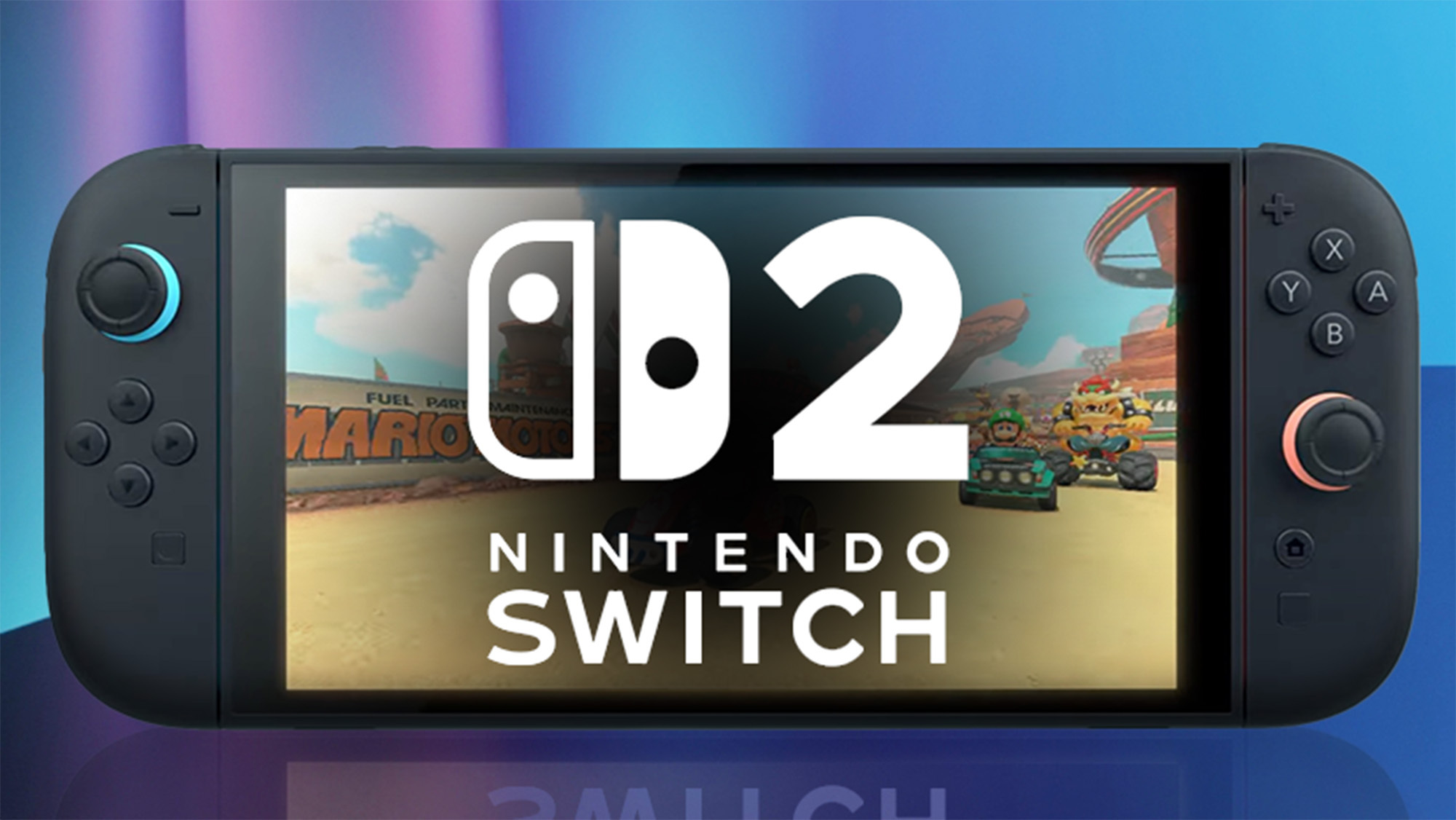New Tech Could Transform Any Glass Surface Into a Smart Display
Researchers at MIT are exploring new technology that could make wearable displays easier to produce and potentially turn any glass surface into a smart display.
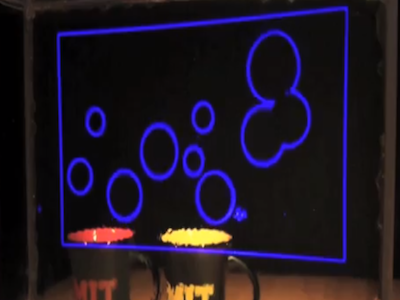
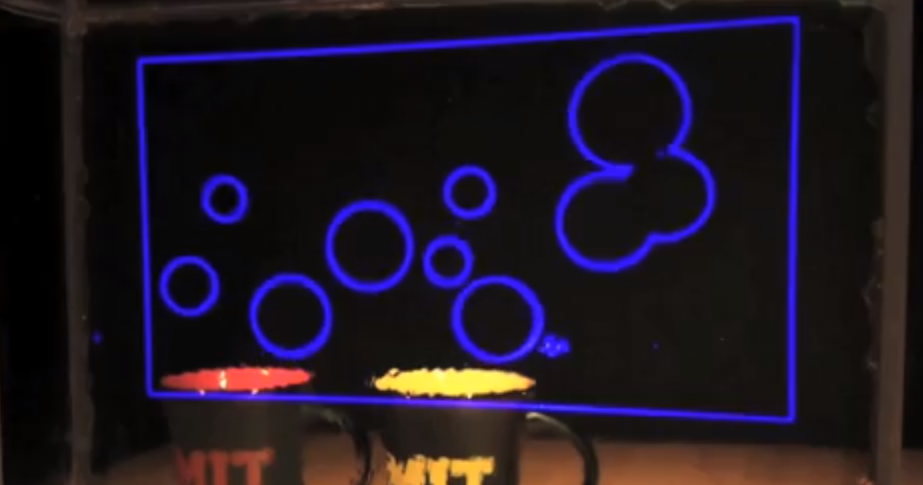
Wearable displays such as Google Glass don’t come cheap. The Explorer Edition of Glass costs a steep $1,500 and the Vuzix M100 sells for $900. However, researchers from MIT are exploring tech that could make wearable displays cheaper to produce and potentially turn any glass surface into a smart display.
Current wearable displays use a mirror or beam splitter to project an image into the wearer’s eyes. That’s why Google Glass and similar devices use a tiny glass prism to generate images. This newer technique, however, embeds nanoparticles directly into a transparent material to produce certain wavelengths, which would look like colors to the wearer. The rest of the light would still pass through the glass, keeping it transparent enough to see colors and shapes through it while still being able to view the images projected onto the glass.
MORE:Google Glass: What It Is And How It Works
In other words, this technology could enable augmented reality lenses that are seamlessly integrated into your glasses. The researchers also claim this type of wearable display would boast a wider viewing angle than prism-based competitors.
MIT says that these nanoparticles can be incorporated into a thin, inexpensive plastic coating that could be placed over glass. In turn, this opens up the possibility of virtually turning any glass surface into a display for projecting images. Imagine coating your everyday eyeglasses with tech-infused plastic to turn them into wearable displays or passing a storefront with its windows covered in this plastic to display information about the items inside. The plastic coating would work with projectors to display a specified color on the glass.
The technology sounds similar to Vuzix’ Waveguide lens for wearable displays, although this solution doesn’t involve incorporating nanoparticles in a plastic coating. Vuzix’ lens provides augmented reality 720p in full color over one’s surroundings and is integrated directly into the lens. The company partnered with Nokia for the project and describes its Waveguide optics as “a new way of moving light within smart glasses,” suggesting it uses a similar method as MIT.

During our demo at CES 2014, we were impressed with the colorful, vibrant projections that appeared as we peered through the Vuzix Waveguide lens. We still have yet to see prism-based wearable displays such as Google Glass hit the mainstream, but we’re excited about the potential for forthcoming head-mounted computers that could use this emerging technology.
Sign up to get the BEST of Tom's Guide direct to your inbox.
Get instant access to breaking news, the hottest reviews, great deals and helpful tips.
Lisa Eadicicco was a staff writer and editor for Laptop Mag and Tom's Guide. Her articles have also appeared in MSN, AOL, The Independent, Time Magazine, and many more. She is now Senior Tech Correspondant for Business Insider, covering Apple products and other gadgets.
-
edrt2 I absolutely love this program, it's actualy the most financially rewarding I've ever had. You can work where ever, when ever, and as much as you want. Earn up to $100 in a day, pretty cool!! I can't believe how easy it was once I tried it out. Linked here Pow6.comReply
